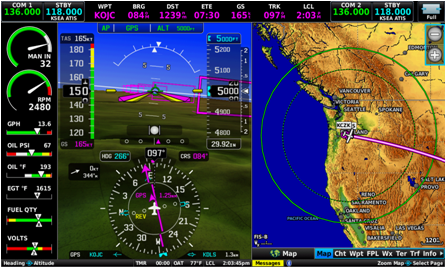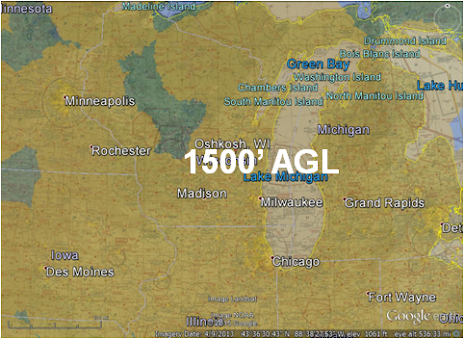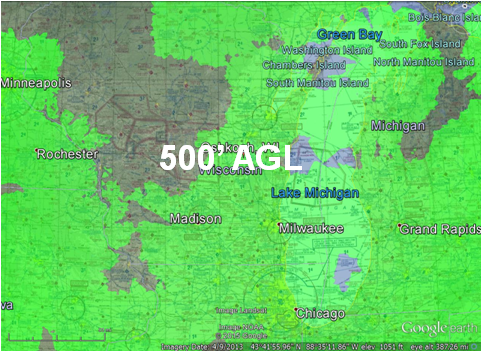
G3X or Skyview? Two great choices, but I need help.
I am a low hour sport pilot (<100) completing the finish kit on my RV12. The mission is cross county trips with my wife to visit friends and family with a little exploration in between. I will not be a multi plane builder, so I need to do this one right. I have decided on a two screen system, autopilot, ADS-B. I plan on keeping the plane past the 2020 ADS-B requirement date and I live near class D, C and B airspace.
Which one of these great systems would serve me best and why? Features and benefits only please. I value the experience and wisdom found in this forum.
I have a new SLSA with a single screen Skyview Touch and it's excellent.
When deciding on the RV-12 I did a demo flight with Mitch Lock in MD. He has 2 RV-12s, and the SLSA has most of the new mods including dual Garmin G3X Touch. I was very impressed with the units and liked the second screen, which Mitch had dedicated to VFR sectionals that day.
The only reason I'd have the second screen is for independent back-up redundancy and the luxury of a screen devoted to sectionals.
The dual option for Skyview wasn't available when I bought, and the G3X Touch was still being talked about.
Vans just announced that the dual Garmin shares the same ADHRS so, unlikely as it might be, an ADHRS failure would mean losing both screens.
I think both systems are exceptionally good. The Dynon support is really good too.
The Skyview Touch offers the standard Skyview with all the buttons/bezzles as well as the touch screen option, which I use almost exclusively.
The Garmin Touch, as I recall, has a few basic buttons (that you would use a lot) but which means going through a menu to get where you want. Just a difference in philosophy.
Mitch and I discussed the clarity of the screens on both units and couldn't decide which was best.
For me I'm super happy with the Skyview. I've thought a lot about installing the second screen. If I owned flight school or had a 'co-pilot' who flew with me often I'd probably do it. As it is I fly mostly on my own and so I'm looking at an iPad mini with Foreflight for planning, iFly GPS for iPad app for flying, and a Bad Elf as GPS source. This is purely for 'back-up'.
I don't think either is a bad choice and I'm sure you 'll never have buyer's remorse.
For me the Skyview more than meets my mission of a lot of info in one package, reliability, good support, and ease of use. Day VFR Light Sport doesn't require a lot of the options available. A second screen for me is a luxury and actually the iPad makes more practical sense, though I do like the idea of having it fitted in the panel without mounts and wires?.but hey?
Give Mitch Lock a call..he's super informative and will be glad to help I'm sure.







